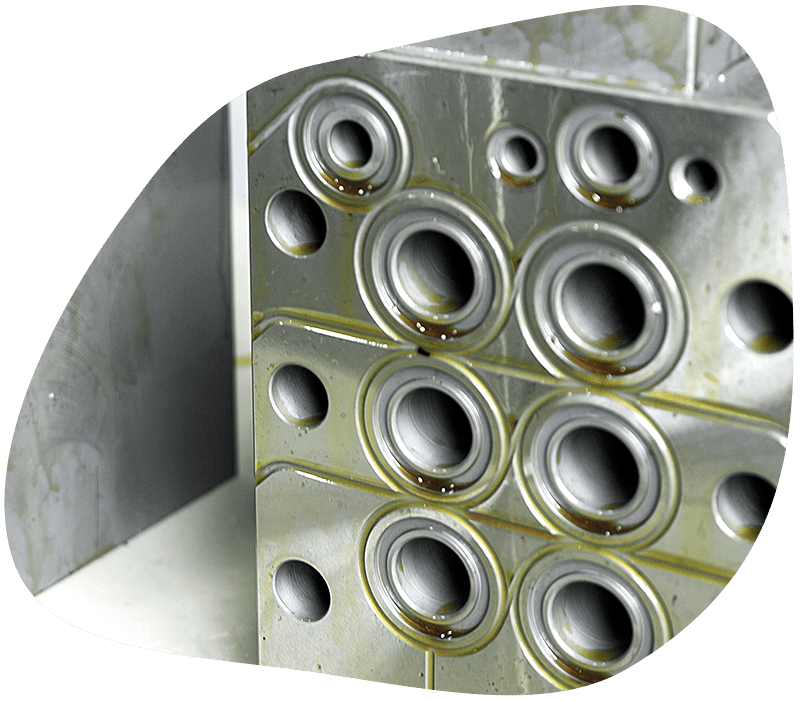Surface treatment
Fast delivery time and better quality are the parameters on which our customers are measured, at the same time with consideration for the environment and reduction of CO2. With our professional laboratory, experience and knowledge, we work for our customers and a better environment.
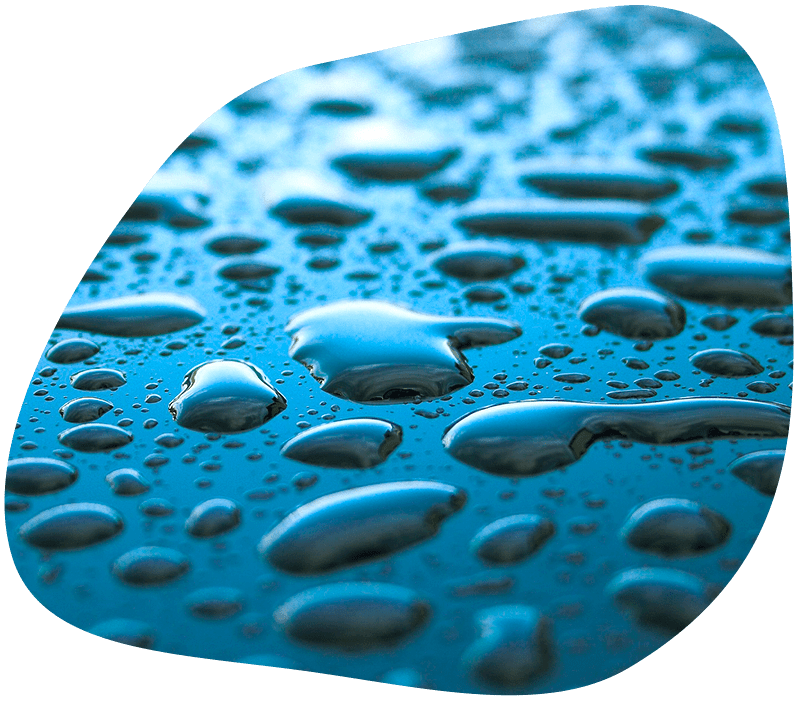
Solvents and alcohol
Fast delivery time and better quality are the parameters on which our customers are measured, at the same time with consideration for the environment and reduction of CO2. With our professional laboratory, experience and knowledge, we work for our customers and a better environment.
For our customers, we optimize within degreasing, dust removal and temporary corrosion protection.
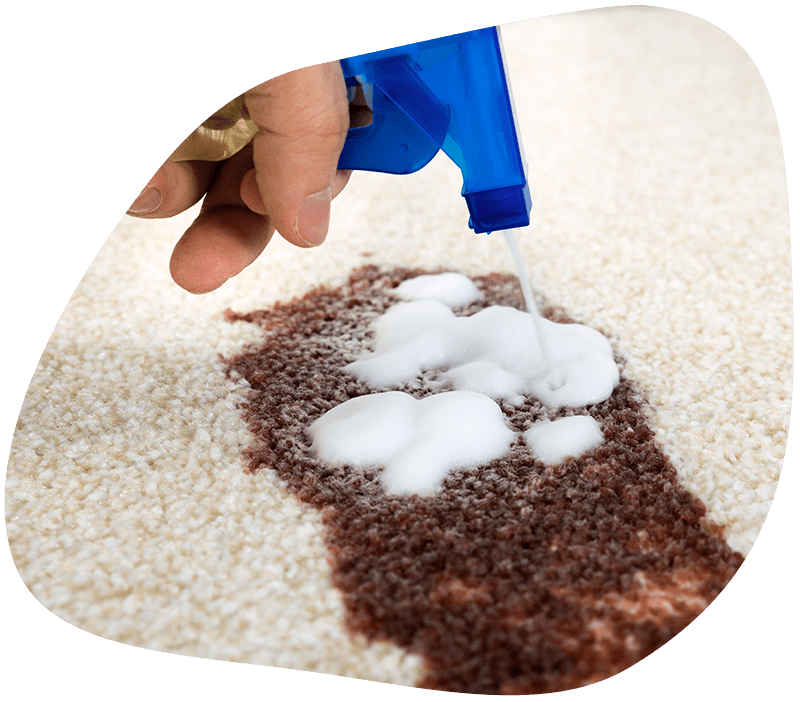
Special products
Fast delivery time and better quality are the parameters on which our customers are measured, at the same time with consideration for the environment and reduction of CO2. With our professional laboratory, experience and knowledge, we work for our customers and a better environment.
For our customers, we optimize within degreasing, dust removal and temporary corrosion protection.
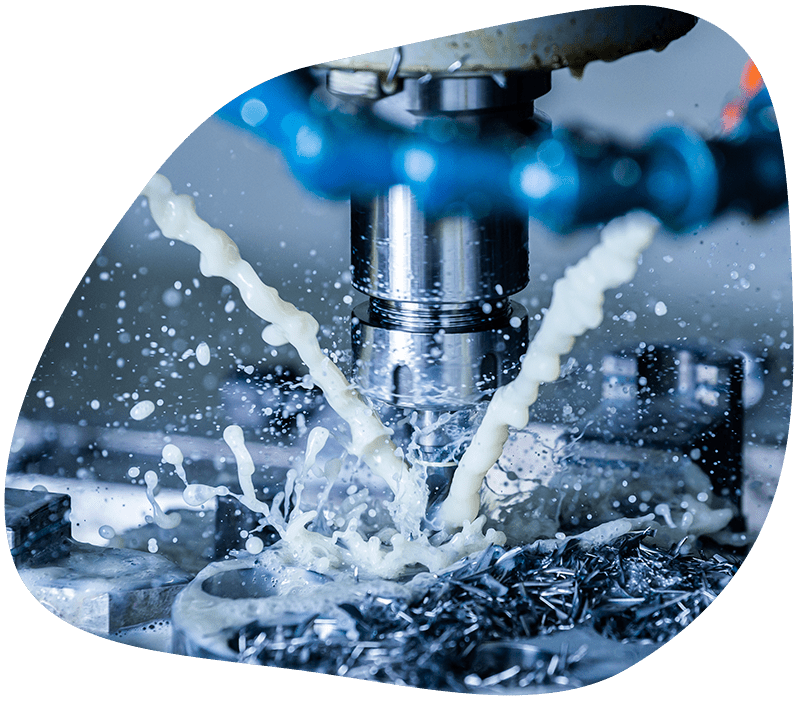
Paint & composite
Fast delivery time and better quality are the parameters on which our customers are measured, at the same time with consideration for the environment and reduction of CO2. With our professional laboratory, experience and knowledge, we work for our customers and a better environment.
For our customers, we optimize within degreasing, dust removal and temporary corrosion protection.

Repair & maintenance
Fast delivery time and better quality are the parameters on which our customers are measured, at the same time with consideration for the environment and reduction of CO2. With our professional laboratory, experience and knowledge, we work for our customers and a better environment.
For our customers, we optimize within degreasing, dust removal and temporary corrosion protection.
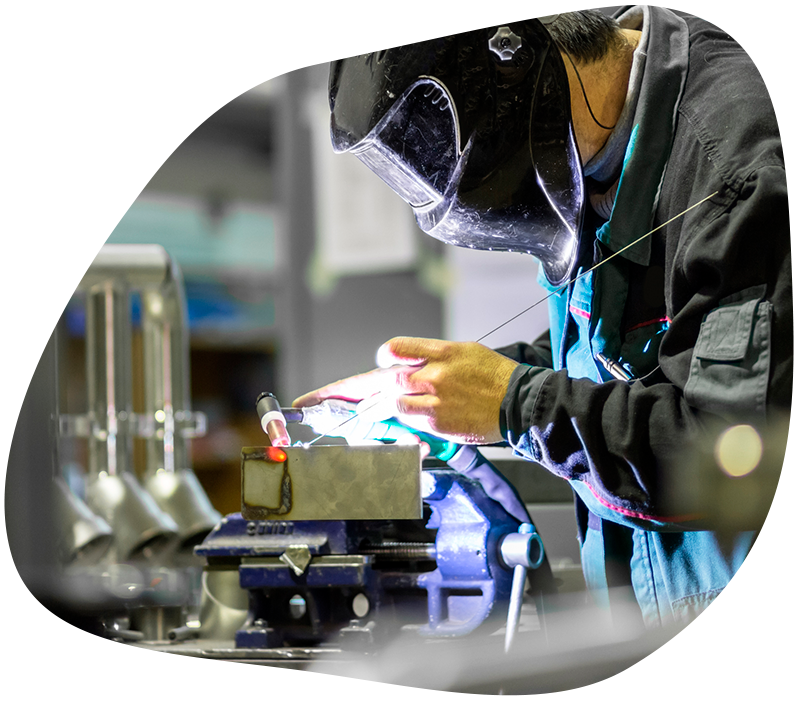
Degreasing & passivation
Fast delivery time and better quality are the parameters on which our customers are measured, at the same time with consideration for the environment and reduction of CO2. With our professional laboratory, experience and knowledge, we work for our customers and a better environment.
For our customers, we optimize within degreasing, dust removal and temporary corrosion protection.
